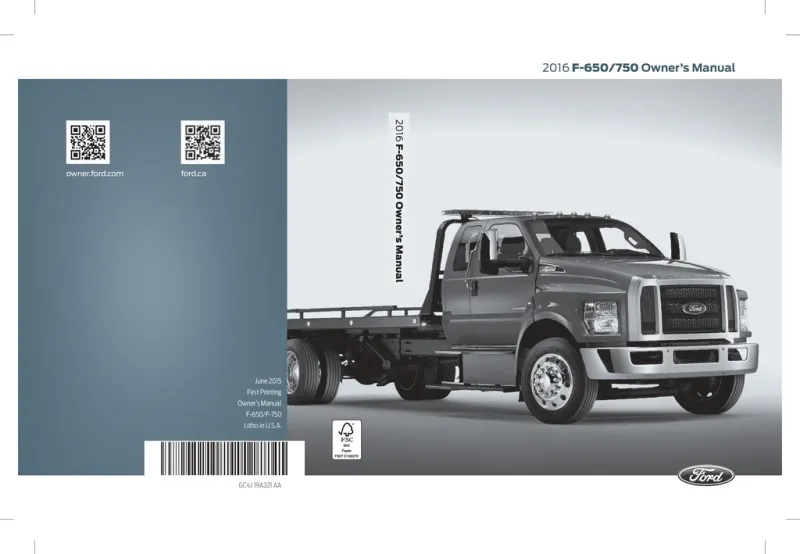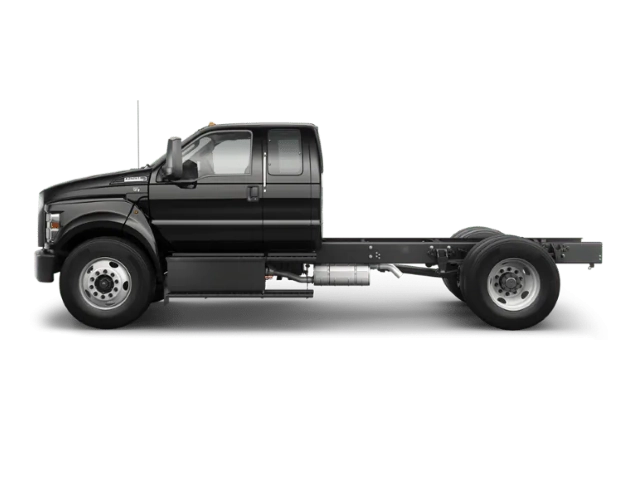2016 Ford F650 F750 Owner's Manual

Table of Contents
2016 Ford F650 F750 Overview
Introduction
The 2016 Ford F650 and F750 are robust super-duty trucks designed to tackle the toughest jobs with unparalleled performance and reliability. These class 6 and class 7 vehicles are engineered for commercial use, making them exceptional workhorses that cater to various industries, including construction, landscaping, and towing. With an impressive blend of versatility and strength, the F650 and F750 models bring a new level of capability to the heavy-duty truck market.
Powertrains
The 2016 Ford F650 and F750 are powered by a choice of robust engines, tailored to meet the demanding requirements of commercial endeavors. A potent 6.8-liter V10 gasoline engine delivers 320 horsepower, while a more muscular 6.7-liter Power Stroke V8 turbo-diesel engine produces an impressive 270 horsepower and a staggering 700 lb-ft of torque. Both powertrains are complemented by a standard 6-speed automatic transmission, ensuring a smooth ride and ample towing capacity for various tasks.
Trims
The 2016 F650 and F750 are available in multiple trims, allowing customers to select the features and functionality that best suit their needs. The F650 offers XL and XLT trims, while the F750 expands with more specialized options. With the ability to customize body styles, payload capacities, and wheelbases, these trucks provide flexibility and configuration to meet specific business demands.
Features
The F650 and F750 come equipped with a range of advanced features aimed at enhancing safety and comfort. Optional equipment includes advanced telematics, stability control systems, and available air ride suspension for a smoother drive. The spacious interiors offer functionality with ergonomic seating, storage, and modern tech interfaces that streamline communication and navigation during long hauls.
Owner's Manual
The owner's manual for the 2016 Ford F650 and F750 provides vital information about operating, maintaining, and maximizing the performance of these trucks. It includes detailed guidelines on safety protocols, service intervals, towing capabilities, and technical specifications. This comprehensive resource is invaluable for ensuring that owners can leverage their truck’s full potential while adhering to best practices in maintenance and operation.
User manual download
The Ford F650 F750 owner manual for the 2016 model year is to be found in PDF downloadable format on this page. The owner manual for the model year 2016 is free and in English, but the repair manuals are usually not easy to get and may cost more.
Manual Questions
Fill the form below and someone will help you!

